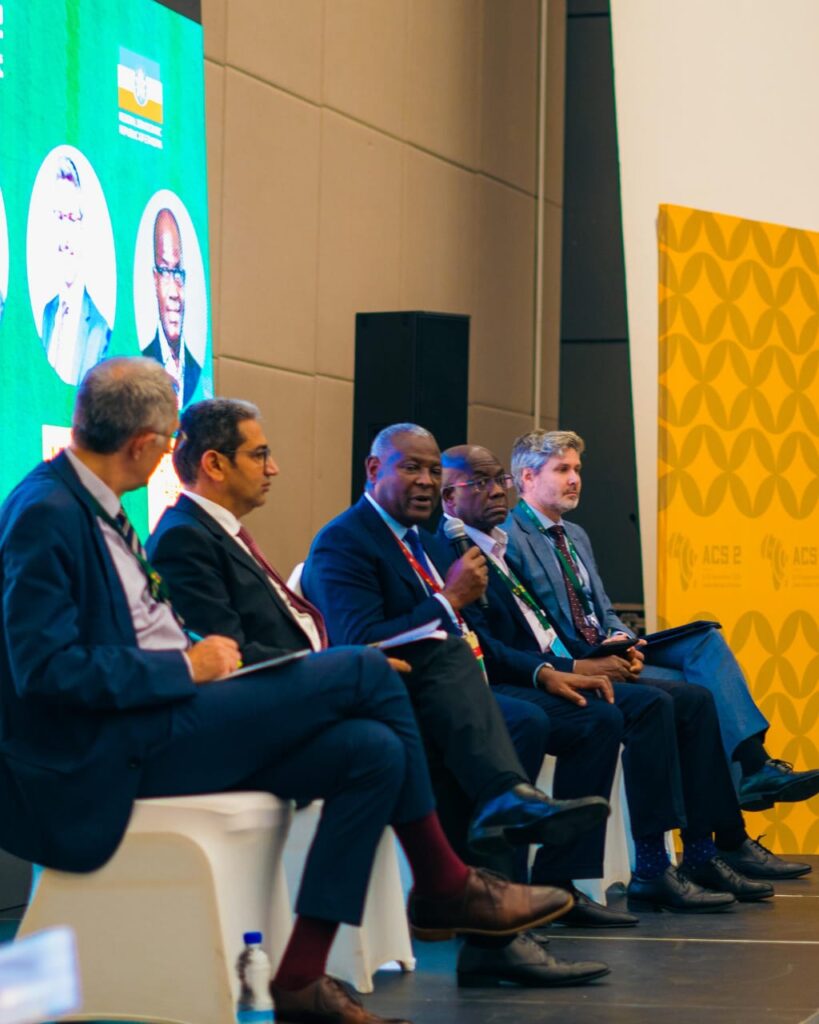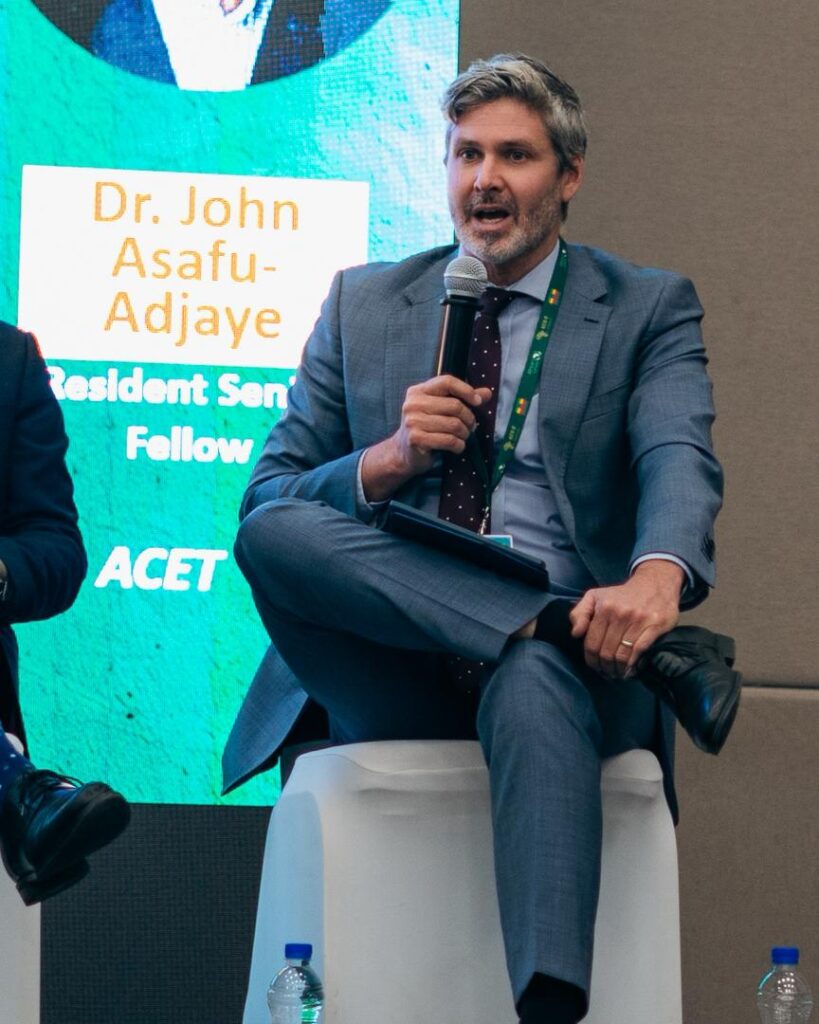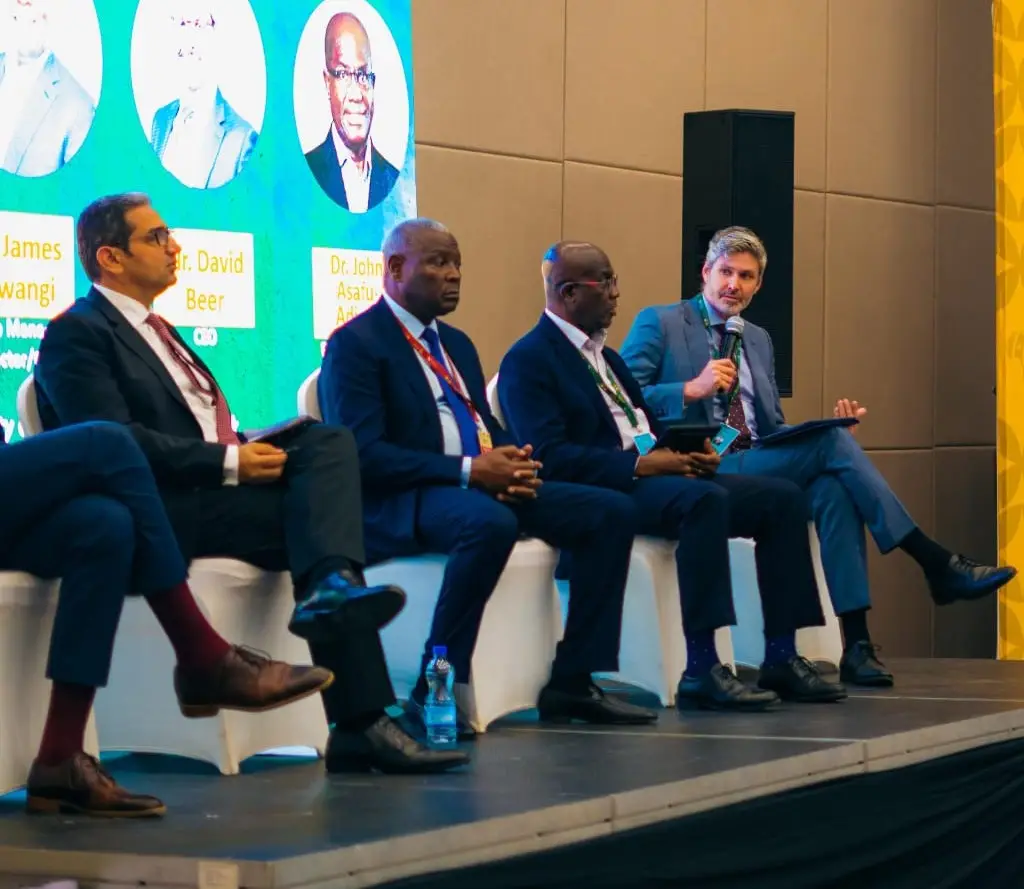A high-level panel, “Reforming Trade and Investment Frameworks to Support Economic and Climate Resilience in Africa”, at the Africa Climate Summit on 9 September 2025 delivered a clear message with far-reaching consequences for exporters, consumers and investors across the continent. If Africa aligns its rulebooks, builds trusted digital rails and mobilises capital at scale, the continent can trade more at lower cost with a smaller carbon footprint.

TradeMark Africa (TMA) Chief Executive David Beer argued that Africa’s competitiveness now hinges on data-rich, low-carbon trade systems, where compliance lowers costs and clean logistics can become a source of advantage rather than a burden. He noted that climate-linked measures such as the EU Deforestation Regulation (EUDR) and the Carbon Border Adjustment Mechanism (CBAM) are already reshaping market access. The immediate risk for many African exporters now is not a tariff per se at the border but a missing dataset at the farm, factory, warehouse or port. Without verifiable traceability, plant-level emissions figures and chain-of-custody proof (auditable trail showing exactly where a product came from and every handover it passed through), market access becomes harder and more costly. Treating compliance as competitiveness flips climate policy from risk to opportunity, especially when high-value chains move to cleaner logistics and when trustworthy data travel with consignments.

Panellists brought complementary lenses to the discussion, noting that decisions taken now will lock in costs and opportunities for the next decade and beyond. They argued that capital will flow when rules are predictable and measurement is embedded (tracking and verification are built into the rules, systems and daily operations of trade), urging a shift from isolated projects to corridor-scale deals that bundle smart borders, paperless trade, cold-chain capacity and clean power, all tracked against hard metrics for time, cost and carbon.
They acknowledged that the global trade environment is hardening as rules evolve, and that policy under uncertainty should have feedback loops. The new EUDR and CBAM measures, while designed to support decarbonisation, can act as de facto barriers for exporters who cannot prove origin, required practices or plant-level emissions. The opportunity lies in treating compliance as competitiveness, financing the transition where it will move volumes fastest at border posts, port access points and across cold chains, and scaling digital certification that lets data ride with the goods while ensuring that no one is left behind.
The discussion was framed by five core questions, namely, how to make policy in an era of climate and geopolitical uncertainty, how to move beyond commodity dependence, how to integrate climate into trade policy, how to navigate climate-linked trade measures, and how to secure the finance, technology and infrastructure to make it real.
They concluded that when governments and partners fix the basics with faster clearance, reliable port access and digital certifications, exports rise, trade volumes grow and MSMEs can formalise at scale and break into export markets. Equally, firms need working capital and capital expenditure to meet buyer proofs (evidence packs a purchaser requires from a supplier before accepting a shipment or releasing payment) and cut logistics emissions.


